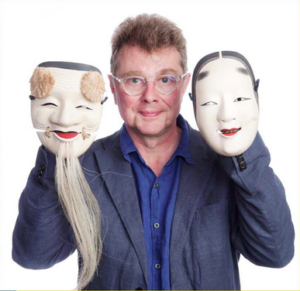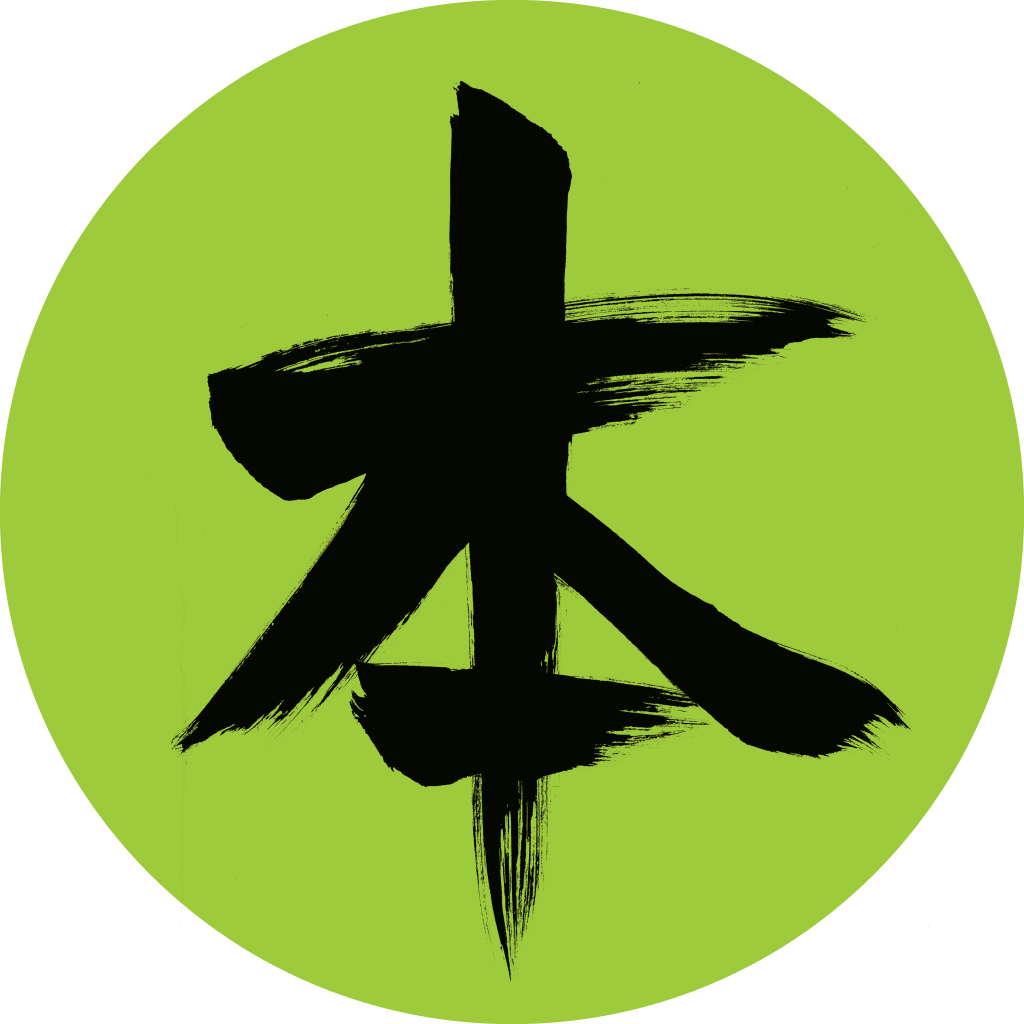Podcast host Amy Chavez talks with author Cody Poulton about Japanese theater, in particular Noh theater. Poulton recently retired from University of Victoria in Canada, where he taught Japanese literature, theater and culture for over 30 years. He is also a translator of Japanese fiction and drama. He is author of Spirits of Another Sort: The Plays of Izumi Kyōka (2001), A Beggar’s Art: Scripting Modernity in Japan, 1900-1930 (2010), and he is co-editor of The Columbia Anthology of Modern Japanese Drama (Columbia University Press, 2017) with Thomas Rimer, Mitsuya Mori, et al.

Ep. 22 Show Notes:
Poulton starts off with a general introduction to the Japanese performing arts.
He also points out that Japan has some of the oldest performing traditions in the world. Noh (also spelled No or Nō) goes back at least 600 years and Kabuki 400 years (about the same time as Shakespeare). Bunraku draws upon folk puppetry in Japan.
Amy asks Poulton to explain the difference between reading noh plays, and seeing a noh performance. Poulton goes into great detail on the differences, including why and how the same noh play covered in a few pages of text becomes a one and a half hour play when performed. He quotes from Arthur Waley’s the Noh plays of Japan to explain the concept of length and time.
He further introduces Kan’ami and Zeami, father and son, who elevated the art of noh to what it has become and discusses the Tokugawa Shogunate’s influence on Noh and gagaku (court music). Poulton notes that the flute, drum and howling in noh are designed to help take the audience into a different time and space. This is especially important to plays that focus on ghosts, demons, and natural spirits (such as those of trees and plants).
Noh performances are known for their ability to induce drowsiness and even sleep among the audience. Poulton explains how this induced hypnotic state can effectively transport the audience to a liminal awareness between reality and dreams.
“There is a transcendental boredom to noh. We have to slow down our consciousnesses to get into the space of the performance. Time and space expand into infinity and eternity and this is how we can contact those things.” —Cody Poulton
Next Poulton expatiates on the structure of noh plays, and the use of dreams as devices in two well-known performances: “Hagoromo,” an encounter of a human being and a supernatural creature, and “Yamamba” the mountain crone (See BOA Podcast 14: Yamamba: Japanese Mountain Witch with Rebecca Copeland and Linda Erlich) He explains the role of noh masks and costumes. He further comments on “Funabenkei” a demon play.
Amy mentions “Takasago” and its continued reference in modern-day Japan and Poulton responds that Noh often has a liturgical purpose, a way of blessing or commemorating an event similar to a requiem and gives three modern examples of Japanese tragedies linked to Noh plays and sums up with:
“When bad things happen, we go back to ceremony, to ritual, to try to give shape to our feelings, and noh is a beautiful device for doing that.”
They talk about author Izumi Kyōka who came from a long line of noh musicians and artists. Kyōka himself wrote plays about the supernatural and became a model of the counterculture of the 1960’s in Japan. His uncle, Matsumoto Kintaro, was a famous noh actor of the Meiji period. Poulton mentions the plays “Uta andon” and “Ama.” (Listen to Podcast 19, where David Joiner talks about Kyōka’s relationship to his novel “Kanazawa”)
“Saigyozakura” (Saigyo’s Cherry Tree) is a play about the poet’s search for a quiet and peaceful place away from all the crowds to view the cherry trees. But the cherry tree he finds at the temple speaks out and chastises Saigyo for being a party-pooper, telling him that people making noise under the blossoms are celebrating the beauty of trees like himself. Poulton uses this as an example of how flowers and trees come to life and talk back to the humans via noh plays.
Lastly, Amy asks Poulton to recommend some books for those wanting to learn more about the Japanese performing arts:
History of Japanese Theatre (Cambridge University Press, 2016) edited by Jonah Salz
Traditional Japanese Theater (Columbia University Press) Edited by Karen Brazell
Japanese No Dramas (Penguin Classics, 1993) by Royall Tyler
Kabuki Plays on Stage (4 Vols) (Univ. of Hawaii Press, 2002-03) by James R. Brandon and Samuel L. Leiter
Backstage at the Bunraku (Weatherhill, 1985) by Barbara C. Adachi
The Columbia Anthology of Modern Japanese Drama (Columbia University Press, 2017) Co-edited by M Cody Poulton with Thomas Rimer, Mitsuya Mori, et al.
Anthology of Japanese Short Stories (Oxford University Press, 2010) edited by Theadore W Goosen includes the story “Portrait of an Old Geisha” by Okamoto Kanoko (transl. Cody Poulton)
About Cody Poulton:
Cody Poulton taught Japanese literature. theatre and culture in the Department of Pacific and Asian Studies at the University of Victoria, Canada, for thirty-two years before retiring in 2021. Active as a translator of Japanese fiction and drama, he is author of Spirits of Another Sort: The Plays of Izumi Kyōka (2001) and A Beggar’s Art: Scripting Modernity in Japan, 1900-1930. He is also co-editor, with Mitsuya Mori and J. Thomas Rimer, of The Columbia Anthology of Modern Japanese Drama and a contributing editor to History of Japanese Theatre. He is editor and chief translator of Citizens of Tokyo: Six plays by Oriza Hirata (2019) and co-editor, with Barbara Geilhorn, Peter Eckersall, and Andreas Regelsberger, of Okada Toshiki and Japanese Theatre (2021).
The Books on Asia Podcast is sponsored by Stone Bridge Press. Check out their books on Japan at www.stonebridge.com Read a BOA review of their publication Yamamba: In Search of the Japanese Mountain Witch (edited by Rebecca Copeland and Linda C Ehrlich).
Your podcast host is Amy Chavez, author of Amy’s Guide to Best Behavior in Japan, and The Widow, the Priest and the Octopus Hunter: Discovering a Lost Way of Life on a Secluded Japanese Island.
Don’t miss out on upcoming episodes with Asia’s best authors and translators by subscribing to the Books on Asia podcast.
